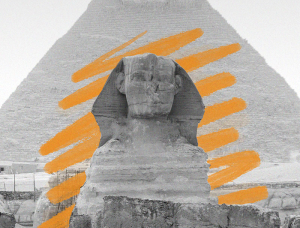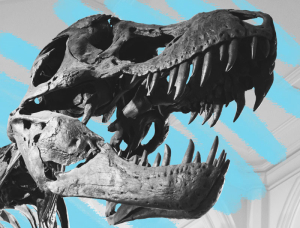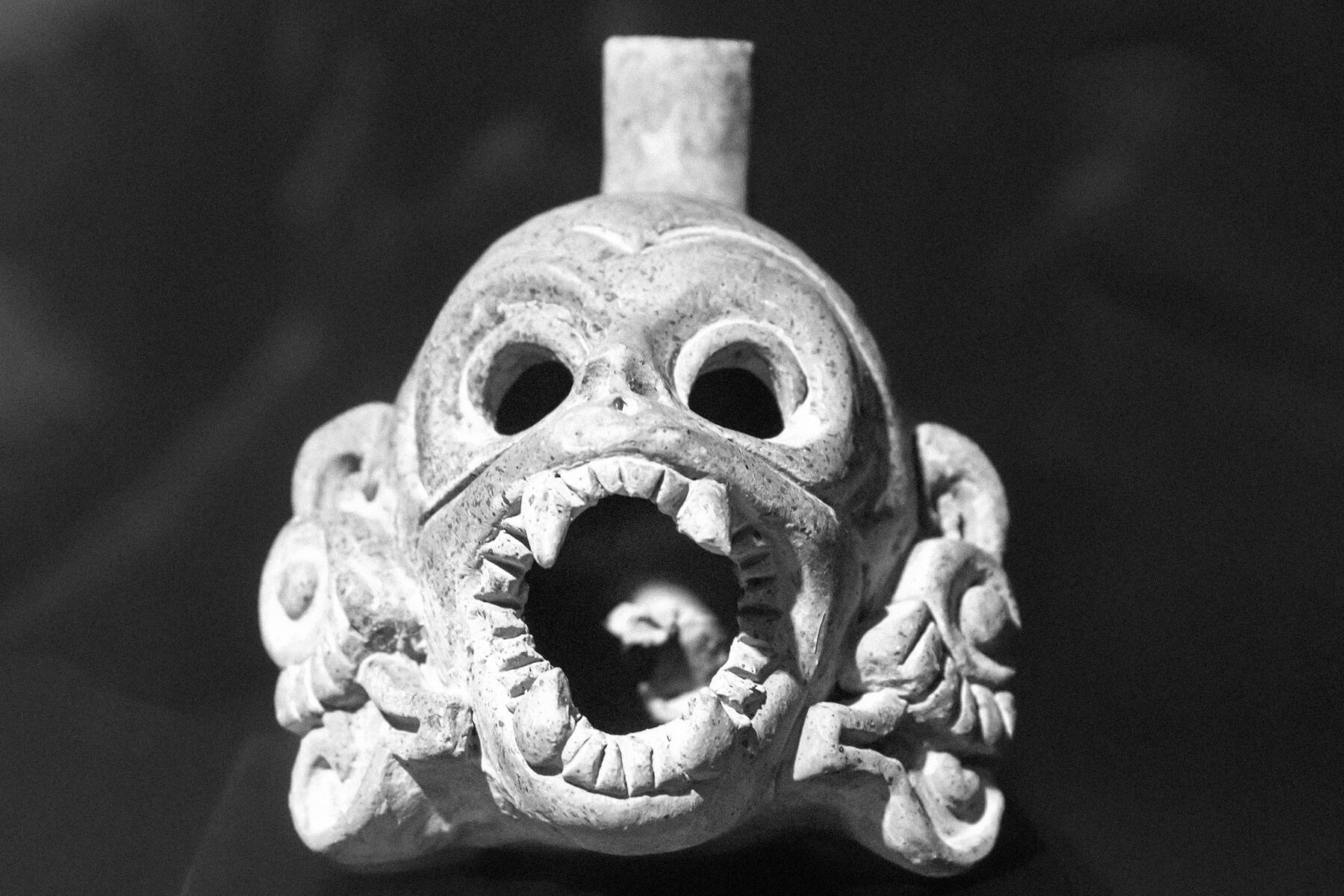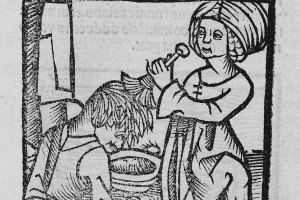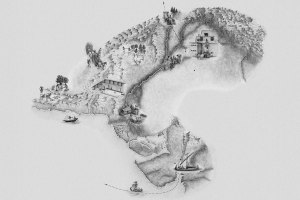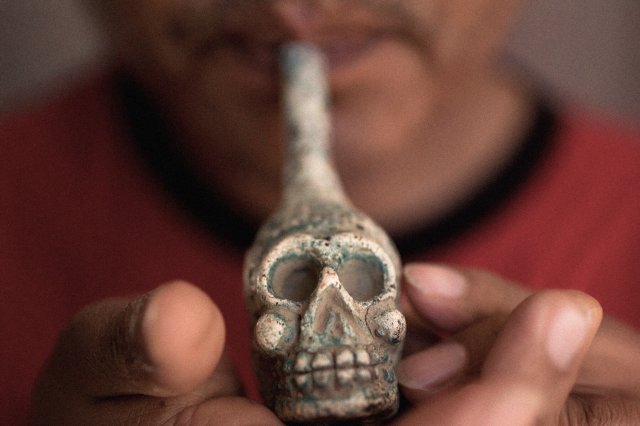How Do Aztec Death Whistles Make That Chilling Sound?
As far as cultural artifacts are concerned, few sound quite as intimidating as the Aztec death whistle. Not only is the word “death” right there in the name, but the Aztec culture has a reputation for religious ceremonies involving sacrificial rituals. Add to that the fact that the whistles are shaped like human skulls, and the imagination can run wild with macabre possibilities for the meaning and purpose of the death whistle. But the instrument was not necessarily deployed for morbid uses. Let’s take a closer look at the function of these ominous-sounding objects.
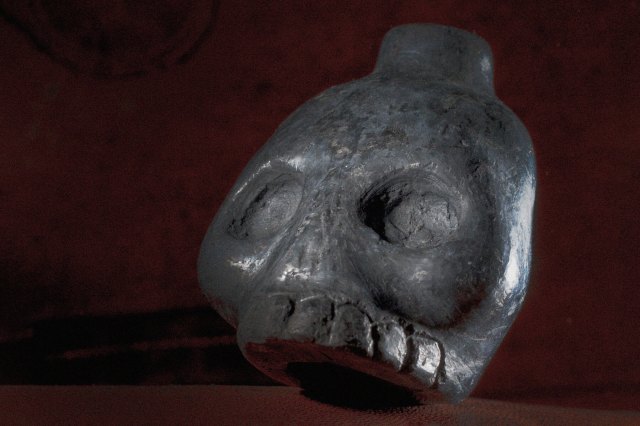
The name “Aztec death whistle” is actually a colloquialism. The whistles are also known as ehecachichtli, and in scholarly circles, they’re referred to as skull whistles due to their shape. Their exact origin is unclear, but researchers estimate they date to between 1300 CE and 1521 CE. The whistles were made of clay or bone and were small enough to be held in the palm of the hand. The holes for blowing into them were located at the top of the skull.
Some scholars have theorized that the skull design represents the winds of the mythological underworld Mictlan, while others suggest the whistles symbolize the Aztec wind god, Ehecatl. And due to the fact that many whistles were discovered during burial site excavations, it’s commonly believed that they served a purpose in burial ceremonies, and possibly human sacrifice rituals. There is also speculation that they were used as a warfare instrument, played on the battlefield in order to intimidate enemies.

